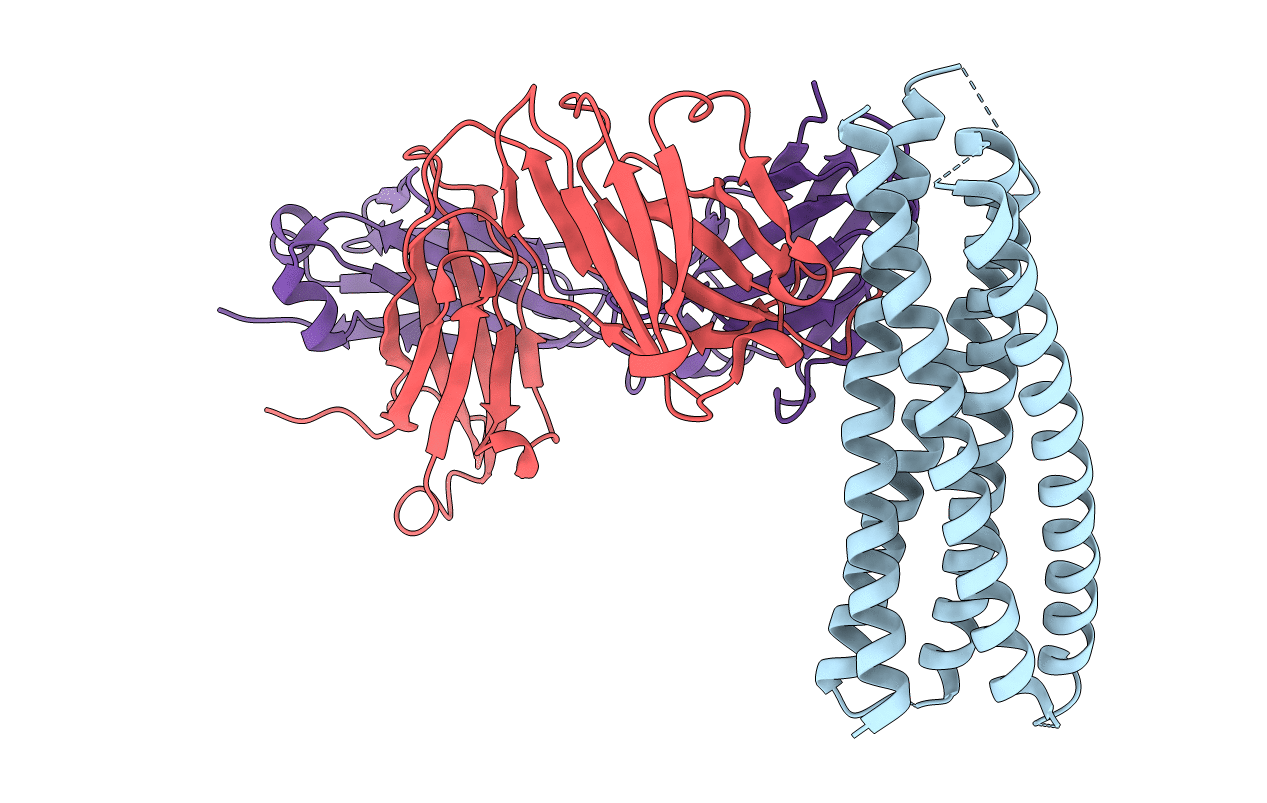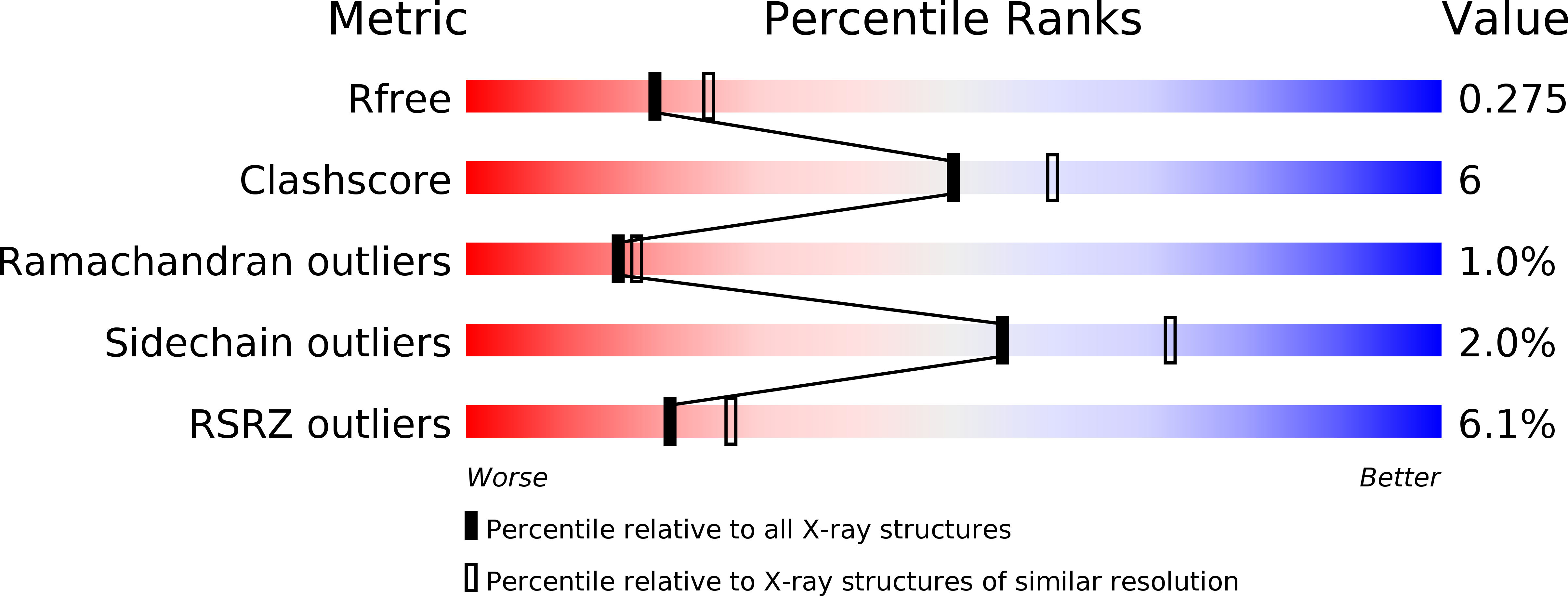
Deposition Date
2010-09-13
Release Date
2010-12-15
Last Version Date
2024-10-23
Entry Detail
PDB ID:
2XRA
Keywords:
Title:
crystal structure of the HK20 Fab in complex with a gp41 mimetic 5- Helix
Biological Source:
Source Organism:
SYNTHETIC CONSTRUCT (Taxon ID: 32630)
HOMO SAPIENS (Taxon ID: 9606)
HOMO SAPIENS (Taxon ID: 9606)
Host Organism:
Method Details:
Experimental Method:
Resolution:
2.30 Å
R-Value Free:
0.27
R-Value Work:
0.23
R-Value Observed:
0.23
Space Group:
P 1 21 1


